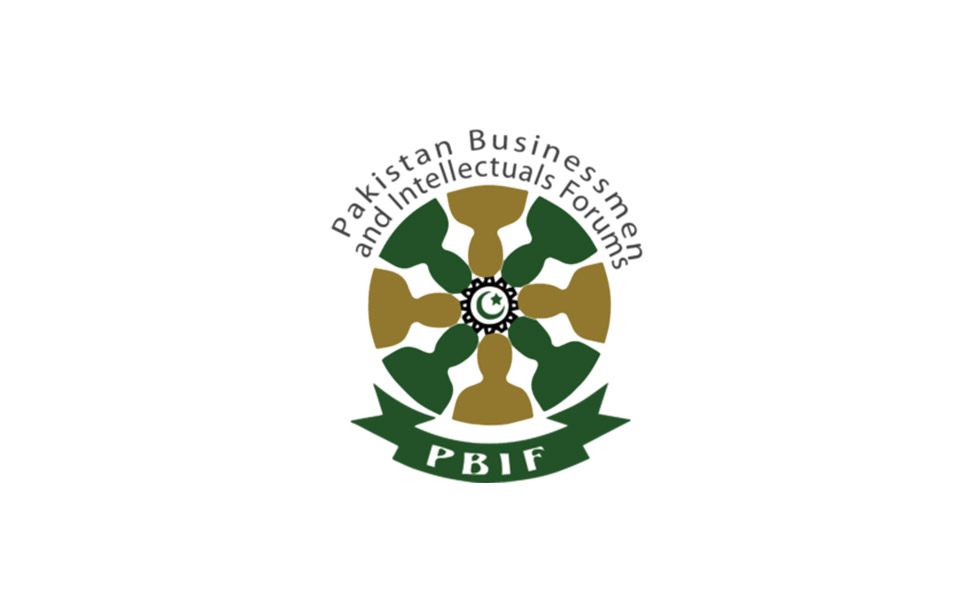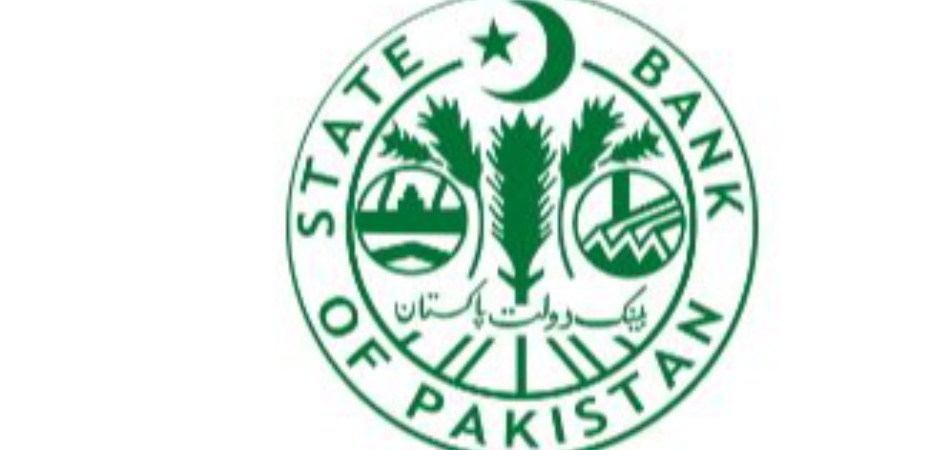Islamic Banks contribute 96% in overall profitability growth of the banking sector: SBP

By MG News | June 16, 2020 at 03:01 PM GMT+05:00
June 16, 2020 (MLN): The key feature of the Financial Stability Report (FSR) for CY19 issued by State Bank of Pakistan (SBP) is that the Banking sector with the highest share in financial sector assets, has remained resilient and managed to improve its profitability despite challenging environment.
Economic uncertainty prevalent in the first half of CY19, and the subsequent stabilization measures adopted to rein in the macroeconomic imbalances made the banking sector risk averse.
Even though the demand of financing softened amid stabilization measures, the asset base of the banking sector expanded by 11.73% in CY19 compared to 7.31% growth in CY18 due to surge in investments, mostly in government securities as the sector rebalanced the earning assets portfolio from risky advances towards safer investment, the review said. In addition, deposits, after experiencing a deceleration over the last few years, exhibited a marked recovery of 11.92% in CY19 from 9.55 percent in CY18. The major thrust came from fixed and saving deposits while current deposits growth decelerated notably.
As per the review, the Capital Adequacy Ratio (CAR) improved by 90bps to 17% in CY19, well above global and domestic minimum regulatory requirement of 12.5%. Earnings of the banking sector surged by 14.3% to Rs 170 billion in 2019, a rebound after the contraction of the last few years. The key thrust came from interest earnings, both, on advances and investments. The interest rate impact dominated the volume of earning assets impact.
Meanwhile, along with the fall in demand for loan, the overall advances (net) off-take slowed down to 3.69% during CY19 compared to 22.15% in CY18 and 18.43% in CY17 on account of curtailment in supply as the banks refrained themselves from extending fresh loans to borrowers.
The quality of the asset also came under pressure due to the rise in the Non-Performing Loans (NPLs) during CY19 as the tighter financial conditions which stretched the debt repayment capacity of the borrowers, yet for another year, escalating financing cost due to monetary tightening, rise in input prices owing to both the depreciation of domestic currency as well as the additional fiscal measures adopted, economic slackness, particularly for the large-scale manufacturers, meant build-up of inventories leading to scaling down of business activities, these non-conducive business conditions translated into squeezed margins, slowdown in sales and accumulation of receivables causing cash flow problems for the borrowers, the report highlighted.
Resultantly, the NPLs of the banking sector observed 11.97% to Rs 81.37 billion addition during CY19, compared to 14.72% (Rs 87.20 billion) in CY18. This rise in NPLs for another year remained a concerned for the banking sector.
The report further revealed that the foreign operations of the banking sector also witnessed rise in NPLs of 12.06% to Rs13.5 billion during CY19. Most of these NPLs were concentrated in Gulf Cooperation Council (GCC) states, which faced economic slowdown due to repressed international oil prices.
As the fiscal reliance on the banking sector grew, the banks’ borrowing from SBP increased to fill the remaining funding gap. Additionally, banks’ investment in government papers further amplified their liquidity profile during the reviewed year which further improved liquidity indicators.
Overall, all profitability indicators the banking sector during the reviewed period recuperated as the Net Interest Income (NII) surged by 27.64% compared to 23.38% in CY18, Net Interest Margins (NIM) stacked up to 4% by the end of CY19 compared to 3.4% a year earlier, Return of Asset increased to 0.83% from 0.81 percent, whereas, Return on Equity (ROE) improved to 11.3% from 10.71% reported in CY18, the report revealed.
Another key focus of the report is the performance of the Islamic Banking Institutions (IBIs) which continued to observe strong growth momentum, outstripping the conventional banking in terms of expansion of assets and deposits in CY19.
Yet the financing witnessed some deceleration due to prevailing macroeconomic conditions and in line with industry trend, the issuance of PKR 200 billion first ever energy Sukuk by Power Holding (Private) Limited during the reviewed year provided an opportunity to IBIs to diversify their asset base.
Consequently, the investments of IBIs surged by 15.89% in CY19 as compared to a 3.59% decline in CY18 and the share of investment in privately placed Sukuk in total investment portfolio increased to 41.42% in CY19 from 23.41% in CY18, the report said.
Strong growth in deposits allowed adequate availability of resources and limited reliance on borrowings to meet the financing needs.
With a significant increase in profitability by 82.59% to Rs 45.4 billion in CY19, compared to 51.31% in CY18, the report highlighted that IBIs were the major driver for increase in overall profitability of the banking sector as they contributed around 96% of the rise.
Copyright Mettis Link News
Related News
| Name | Price/Vol | %Chg/NChg |
|---|---|---|
| KSE100 | 125,627.31 258.99M |
1.00% 1248.25 |
| ALLSHR | 78,584.71 1,142.41M |
1.16% 904.89 |
| KSE30 | 38,153.79 69.25M |
0.63% 238.06 |
| KMI30 | 184,886.50 91.38M |
0.01% 13.72 |
| KMIALLSHR | 53,763.81 554.57M |
0.54% 290.61 |
| BKTi | 31,921.68 33.15M |
1.78% 557.94 |
| OGTi | 27,773.98 9.65M |
-0.40% -112.21 |
| Symbol | Bid/Ask | High/Low |
|---|
| Name | Last | High/Low | Chg/%Chg |
|---|---|---|---|
| BITCOIN FUTURES | 107,610.00 | 107,860.00 107,555.00 |
-625.00 -0.58% |
| BRENT CRUDE | 66.63 | 67.20 65.92 |
-0.17 -0.25% |
| RICHARDS BAY COAL MONTHLY | 97.00 | 97.00 97.00 |
1.05 1.09% |
| ROTTERDAM COAL MONTHLY | 107.65 | 107.65 105.85 |
1.25 1.17% |
| USD RBD PALM OLEIN | 998.50 | 998.50 998.50 |
0.00 0.00% |
| CRUDE OIL - WTI | 64.90 | 65.02 64.83 |
-0.21 -0.32% |
| SUGAR #11 WORLD | 16.19 | 16.74 16.14 |
-0.52 -3.11% |
Chart of the Day
Latest News
Top 5 things to watch in this week
Pakistan Stock Movers
| Name | Last | Chg/%Chg |
|---|
| Name | Last | Chg/%Chg |
|---|



.jpg)